Walking is among the simplest forms of exercise you can do and get amazing benefits.
It does not hurt the joints and gives you the chance to breathe in some fresh air.
Do you enjoy walking as much as we do?
If you do, you probably already have a go-to pair of shoes you always wear on your daily walks.
Finding the best pair of shoes for walking is one thing, but knowing how often should you replace walking shoes is another.
Shoes are as delicate as food can be. You need to know when is the best time to enjoy them and when to toss them aside and replace them.
Thankfully, you don’t need to be a shoe expert to know when to replace walking shoes, as you’ll find out later on.
First, let’s talk about the basics.
Walking vs. Running Shoes
Athletic shoes are made for high performance, catering to sports-specific levels of flexibility, stability, traction, cushioning, and durability.
Among the most common sports-specific athletic shoes are walking and running shoes.
Many interchangeably use their walking and running shoes, maybe because both are athletic shoes or so-called sneakers.
However, these shoes have different features that serve various purposes.
Running shoes are flexible and lightweight to cater to intense activities.
They also have enough cushioning to absorb each step’s impact as you run, with extra shock-absorption in the heel area.
On the other hand, walking shoes have rigid outsoles with extra cushioning at the ball of your foot.
The cushioning covers the area from the heel to the toe to guide your foot in every step.
Walking shoes have outsoles that are inflexible to enable the natural stroll of the foot as you walk.
Is It Bad To Wear Running Shoes for Walking?
Running and walking may come from the same coin, but these two activities are very different from each other.
Running is a high-impact activity wherein your feet hit the ground at a force up to three times your body weight.
On the contrary, walking has an impact force of only around one and a half times.
This means running puts more strain on your ligaments and joints.
Because of the varying intensities of each activity, the specialization of the shoe’s features must also differ.
Running shoes have more cushioning in the forefoot and heel areas.
That extra cushion increases the temperature inside the shoes, which is why they often feature mesh technology for breathability.
These specifications are not necessary for walking shoes.
Walking shoes need less cushioning but, instead, need to provide more support and motion control.
Some may say that cushion would not bring any harm, but too much of any can lead to injury.
Is it wrong to wear running shoes for walking?
The key is choosing the right and appropriate shoes to wear for your activity.
This will prevent injuries from happening and make walking more enjoyable.

How Long Does a Pair of Walking Shoes Last?
Part of shoe care is knowing how long do walking shoes last.
Depending on how you maintain them and the frequency of your walks, your shoes can last anywhere from three to six months.
Most shoes lose their support and shock-absorption features after this period.
Apart from the estimated lifespan of your shoes and general wear and tear signs, you’d also know they need replacement if they’re already causing you pain.
In that case, you’ll know your shoes have already served their purpose.
How Many Miles Can You Get Out of Walking Shoes?
What if you don’t wear your walking shoes every day? How long do walking shoes last then?
This is where the 500-mile limit comes in.
The rule of thumb for typical athletic shoes is that they are only built to withstand 350 to 500 miles.
A maximum of 500 miles is around one million steps, more or less.
Tracking mileage is not only helpful for measuring your physical activity; it will also guide you to know how often should you replace everyday shoes to prevent injuries.

How Often Should You Replace Walking Shoes?
To know when to replace walking shoes, watch out for signs of wear and tear.
Many wait for their shoes to say goodbye first or be completely worn out before they let them retire.
Check your shoes for signs of wear and tear after using them for three months.
The following warning signs will help you answer how often should you replace everyday shoes:
1. When the Soles Have Worn Out
Be on the lookout for tears, specifically on the pressure points, as these areas are often in contact with friction.
These pressure points are usually the areas of the heels and ball of the foot.
Your body weight also puts pressure on those areas, adding greater friction when walking.
2. When the Heels Have Worn Down
Pay attention to the heels, too, which may wear down more on one part or side than the other.
As you use your walking shoes regularly, there will come a time when you’ll notice that the heels are already leaning to the side.
This may occur due to the usage of one shoe over the other, mainly because our body weight is somehow evenly undistributed.
Also, when one side of the heel comes into contact with the ground more than the other side, this will happen.
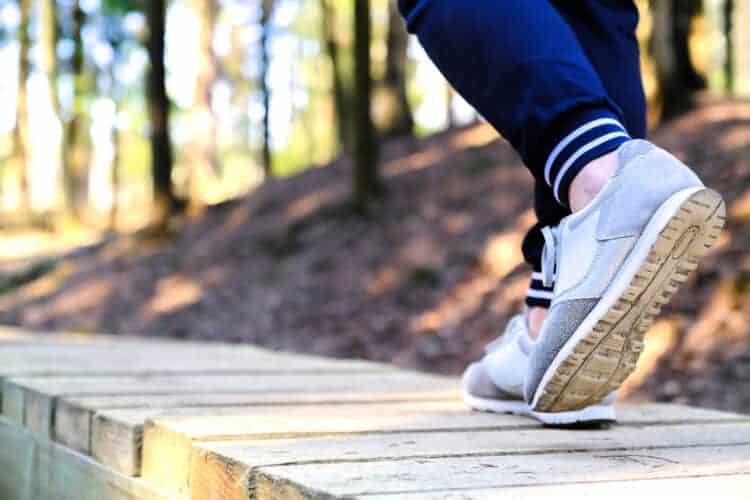
3. When You See Molded Foot Imprints on the Insoles
As you walk, your weight bears down the insoles more often, not allowing the shoes more time to return to their original form.
To zero in on this warning sign, you can try doing the press test.
Press your thumb into the shoe’s midsole.
If you feel that the midsole is tough and does not compress with pressure, that’s a sign your shoes already need replacing.
4. When There’s Noticeable Creasing on the Sides or the Soles’ Bottoms
Creasing on the sides and the bottom of the soles show that the shoes are continuously used without a break.
You can take the flexibility test to determine if your walking shoes have lost their cushioning feature.
To do the test, hold it upright and bend the toe going to the heel.
If the shoe is folded easily or folded in half, it might be time to let go of your walking shoes.
5. When the Uppers Have Broken Down
Uppers refer to the entire part of the shoe that covers the foot.
When you’ve noticed that the fabric covering and toebox and the area around the ankle have broken down, that’s a clear sign that you need new walking shoes.
6. When It’s Uneven When Placed on a Flat Surface
Last but not least, you can check if your walking shoes need to be replaced simply by placing them flat on the ground.
If you find that the rubber is uneven, stop wearing that pair immediately to avoid developing any pains and aches.
How Long Do Walking Sneakers Last?
Shoes can be as fragile as everyday items, such as clothes and bags, and need proper handling and care.
Knowing how often should you replace walking shoes is as important as finding the right one.
Not only will you need to pay attention to the signs when to replace your shoes, but it is also helpful to listen to what your feet tell you.
After all, walking shoes support, cushion, and provide motion control to your feet.
In the end, your feet still have the final say but keep in mind the hints and signs listed here so that you can prevent injuries from walking with worn-out shoes.

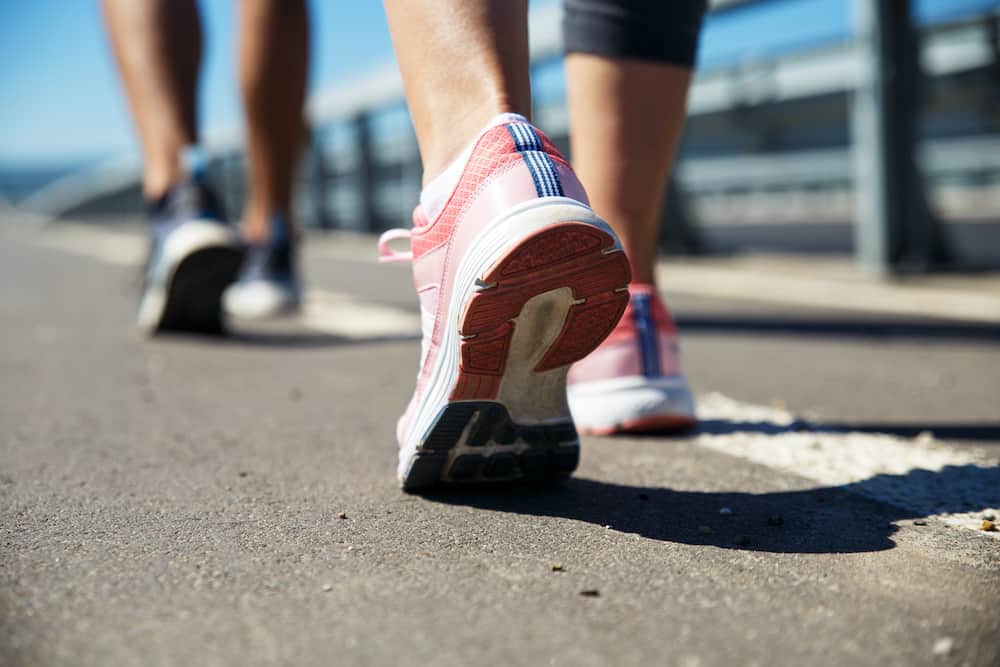
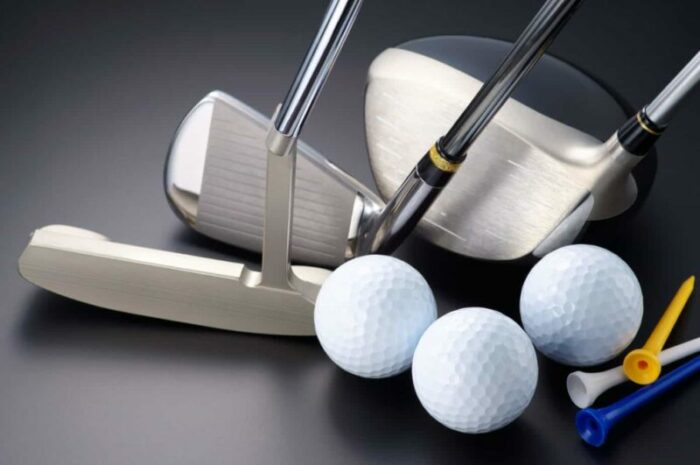

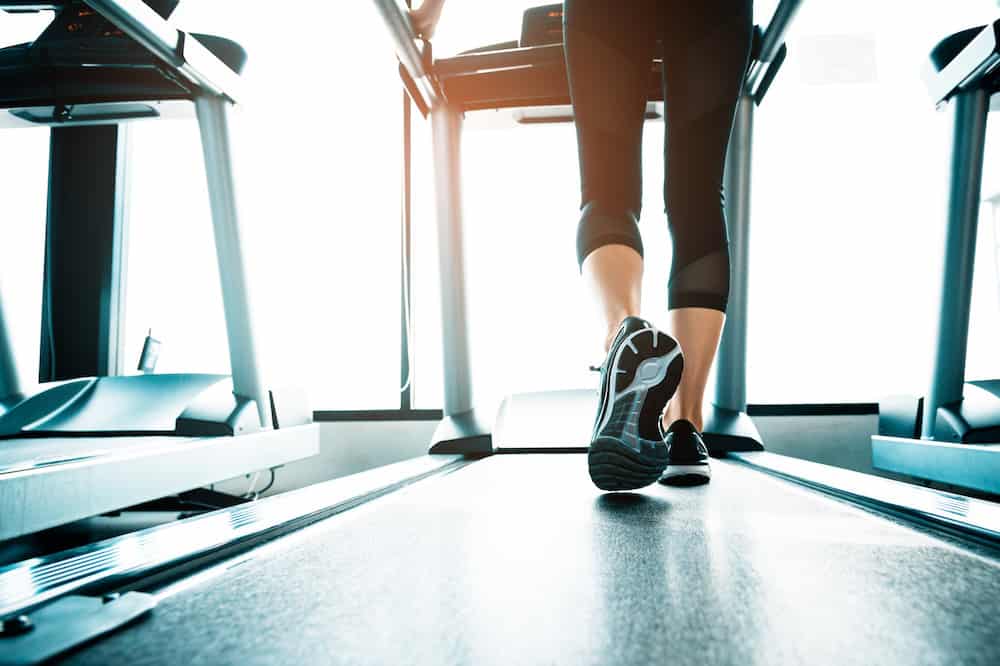
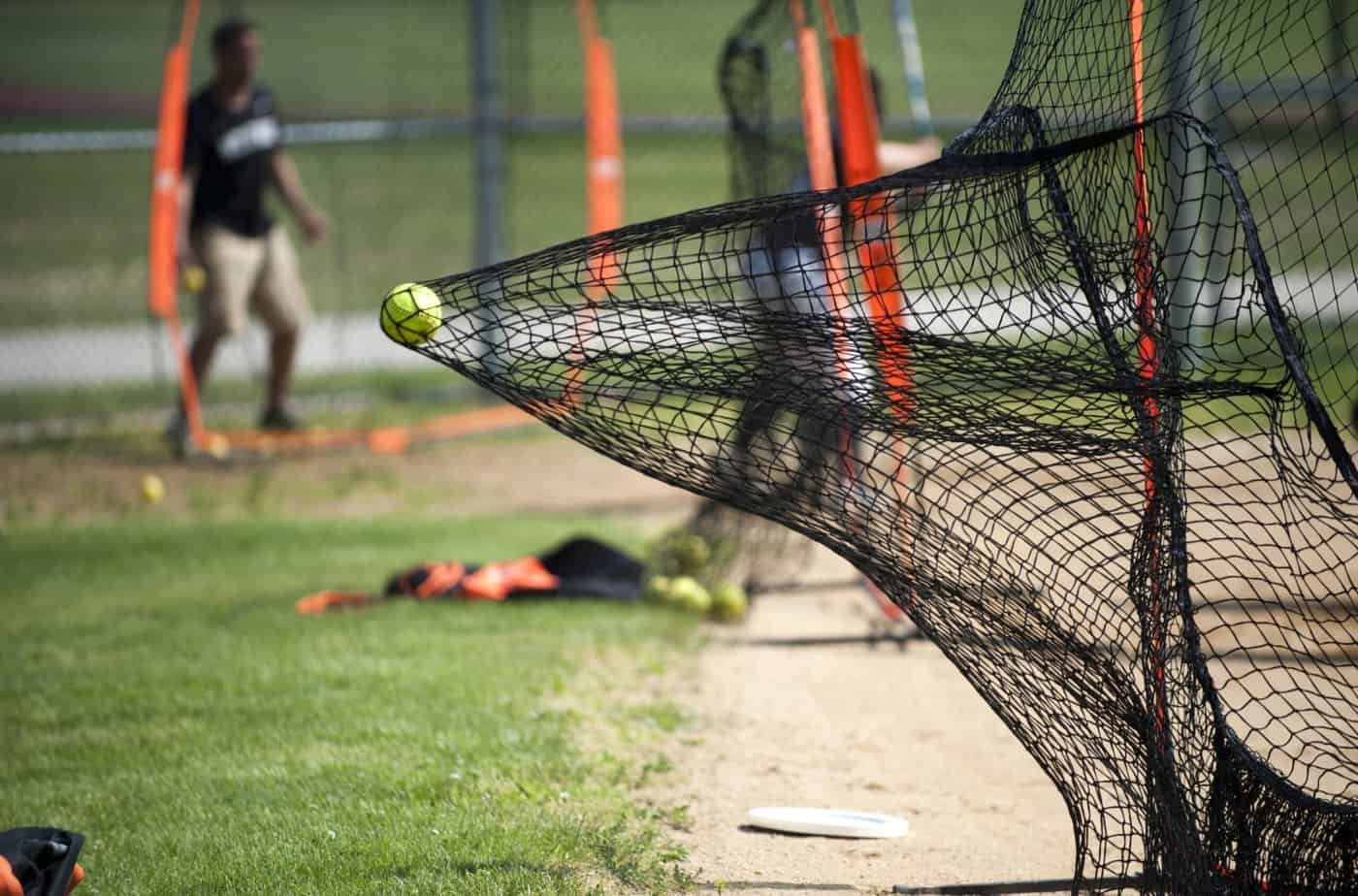
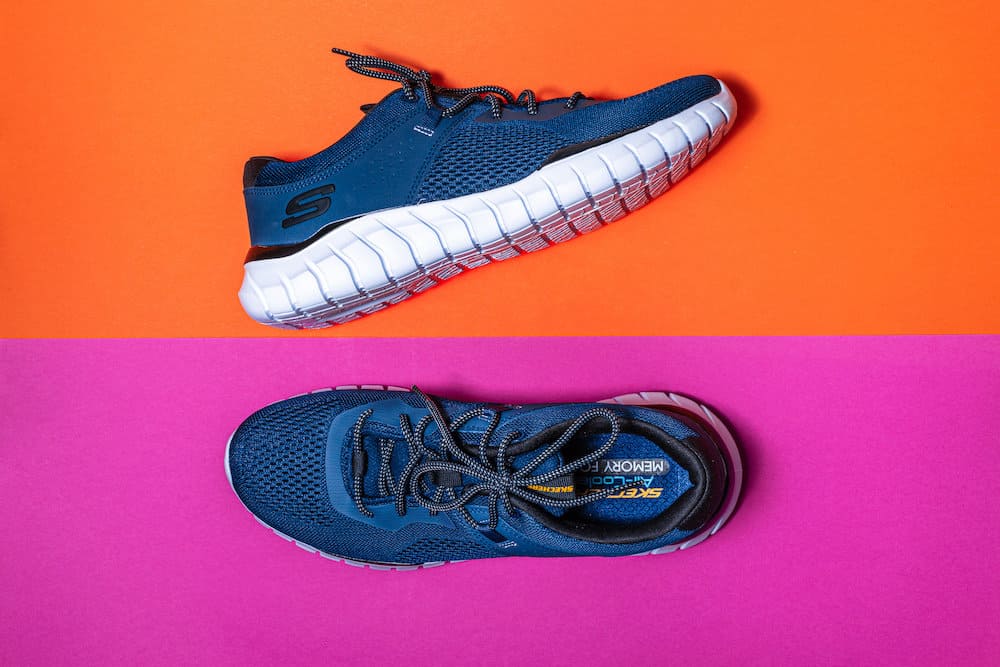







I’m awful at replacing my walking shoes, and I was glad to rip over your article and be able to check my shoes for wear and tear. They are terrible because I like comfy shoes to walk on the beach, so I hate to replace them. You definitely reminded me that I could be doing more damage this way than helping to keep fit and trim—my poor feet.
Thanks for the heads up!
Hello, Lily, and thank you.
Thank you for your kind words.
Great to hear about your benefit of the article too.
Don’t hesitate to contact me if I can help you with anything else or if you have any questions.
That was a great post, with a lot of great information. I am guilty of being ignorant to all this good information in knowing when to replace my shoes. I normally did a lot of walking and replaced my shoes once a year; now I know I should be replacing them at least twice a year. Thanks for taking the time and sharing all this information.
Hello, thefley508, and thank you.
Thank you for your kind words.
Great to hear about your benefit of the article too.
Don’t hesitate to contact me if I can help you with anything else or if you have any questions.